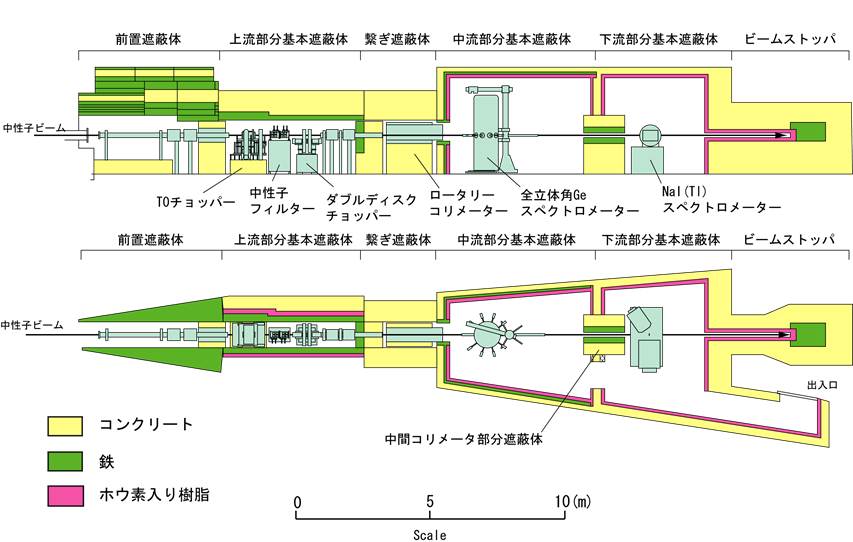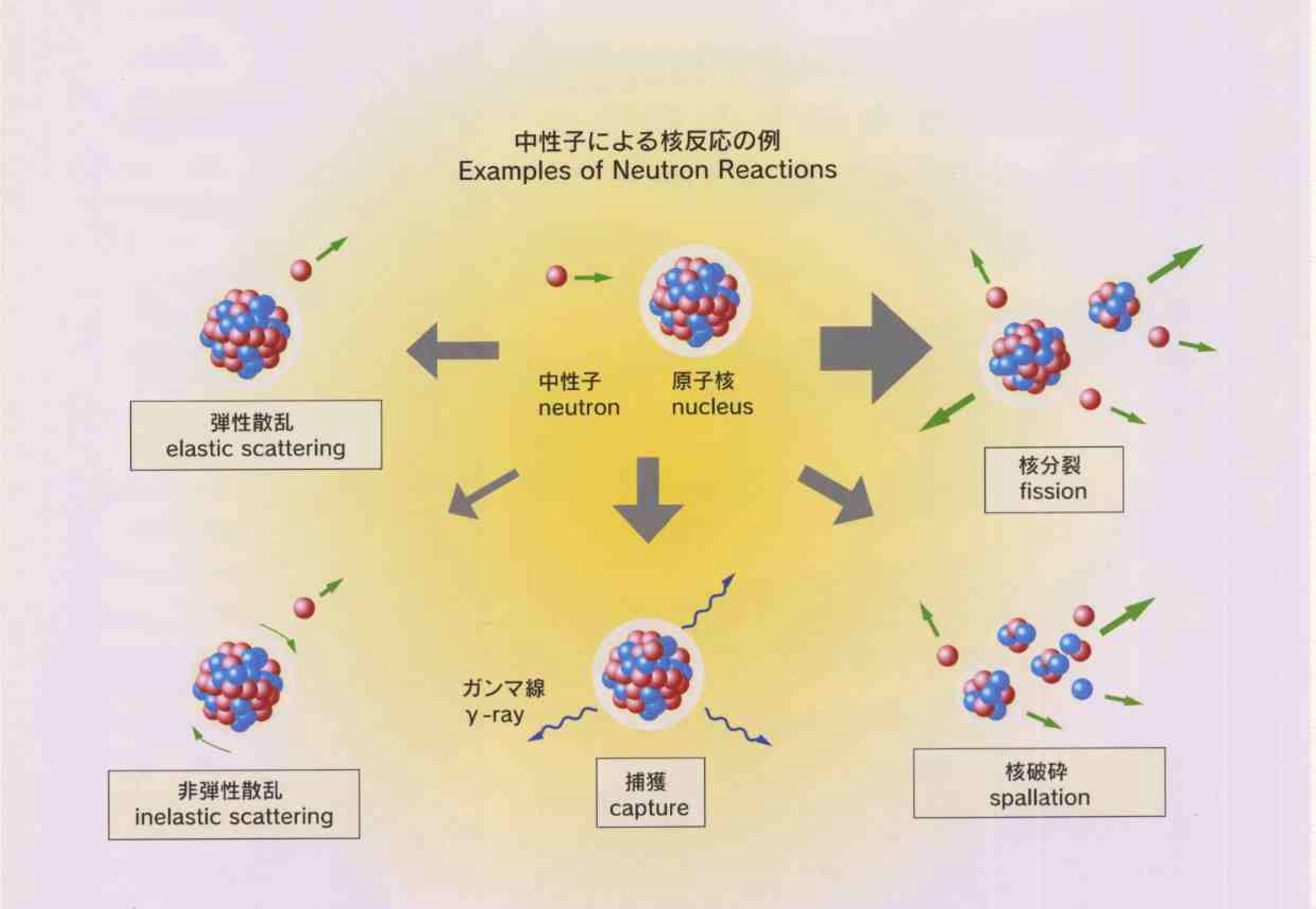Evaluated Nuclear Data Library

Japanese Evaluated
Nuclear Data
Library
An Evaluated Nuclear Data Library
The JENDL
(Japanese Evaluated Nuclear Data Library)
was released as the first version (JENDL-1) in 1977.
The latest version is JENDL-5 released in 2021 which contains neutron-induced
reaction data for 795 nuclides, in the neutron energy range from
10 -5 eV to 200 MeV (or 20 MeV for some nuclides).
Such data files as JENDL-5, which provide the data for various application fields,
are called " general purpose files".
They contain various kinds of data in the wide energy range.
We are making also " special purpose files"
which contains only the data needed in their specific application field.
What Are Nuclear Data ?
Atomic energy research and development are intended to harness the energy contained in atomic nuclei. Neutrons induce many kind of
nuclear reaction in a nuclear reactor, a device that utilizes the energy of nuclear fission or fusion. The nuclear reactions that neutrons have with uranium and plutonium in fission reactors determaine the operational characteristics
of these reactors. The probabilities for these nuclear reaction are called "nuclear data".Nuclear reactions are also caused by protons,
alpha-particles, etc. Nuclear data of these reaction are important for many engineering fileds. Nuclear data include the data of radiations emitted from radioactive isotopes and nuclear structure data about nucler excited states.
Nuclear Data Evaluation
Nuclear engineering and other fields need sets of continuous nuclear data for whole energy regions, Nuclear data are obtained basically from
measurements. However, experimental data are sometimes discrepant or incomplete, because of the experimental complexity. "Nuclear data evaluation"
provides the most probable data set by the use of experimental data, statistics, theoretical calculation, etc. Evaluated nucler data are compiled to
computer data sets having specific formats. These data sets are called "evaluated nuclear data libraries ( or files)". The evaluated nuclear data
are processed according to the requirements of users. For example, in nuclear reactor design. the data are averaged in certain energy intervals and are
compiled as "group constants".
|
Nuclear data measurement
Overview
The aim of our group is to study nuclear reaction and
to provide nuclear data needed for various application fields.
In addition, our advanced techniques for detecting gamma-rays are applied
to trace element analysis.
|

Neutron capture cross sections of MA (Minor Actinide) and LLFP (Long Lived Fission Product)
nuclides are quite important for design work of innovative reactors.
Many of the neutron capture data are, however, not accurate enough.
In order to measure those nuclear data accurately, some advanced techniques
are required. Studies are carried out at neutron beam facilities, such as MLF in J-PARC.
|
|
2-4 Shirakata, Tokai-mura, Naka-gun, Ibaraki 319-1195, Japan
|







